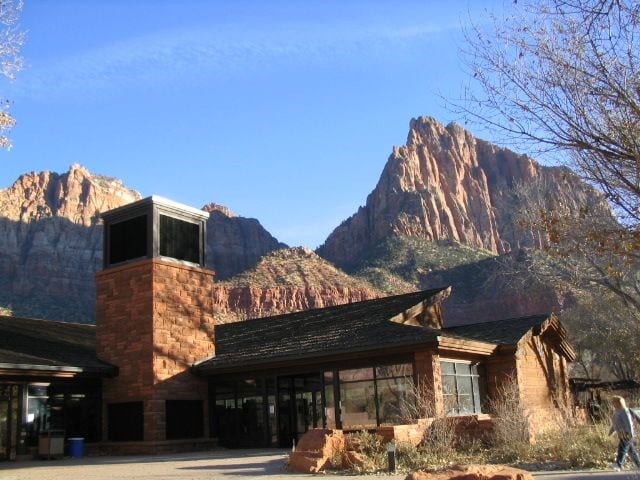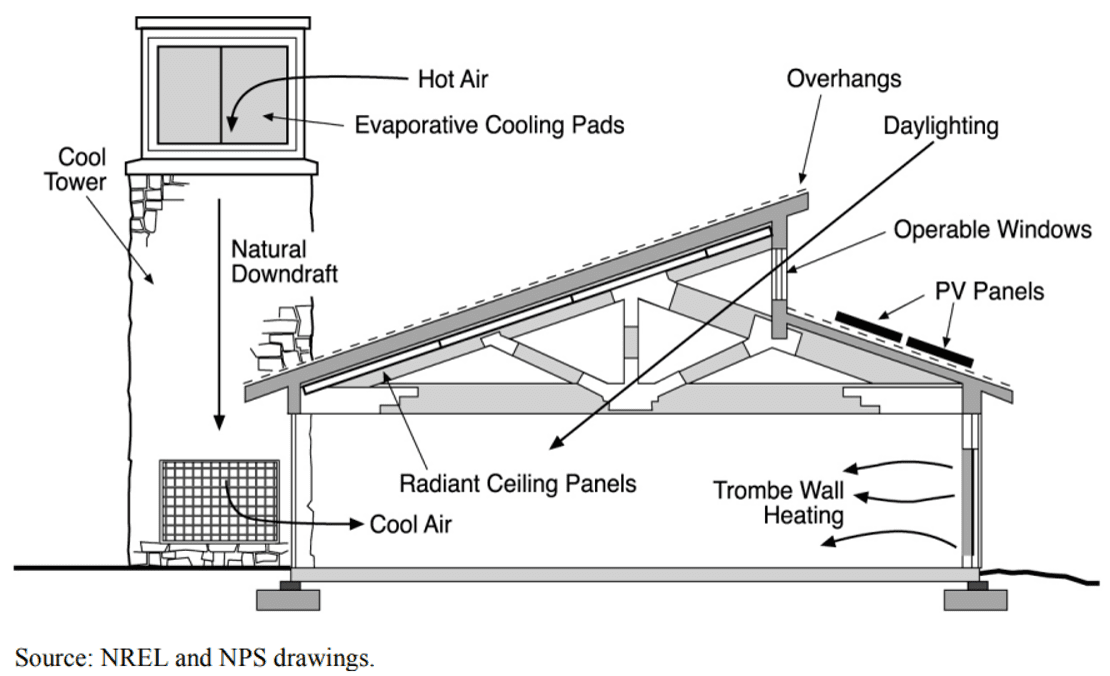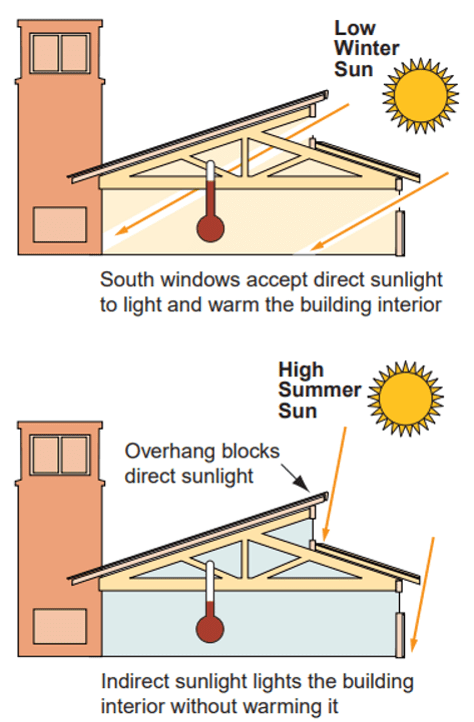

The following is the first in a Better Know a Building series, which aims to share information about buildings Cycloners admire for their innovative engineering, architecture, and general design.
A few years ago, my husband and I road tripped through Utah’s national parks, and when we got to Zion, we rolled up just in time to snag one of the last campsites at the South Campground. While I didn’t like how our tent almost blew away every night or how the sun shined directly on my face every morning, I did like how close the site was to the visitor center.
It’s true that I love most national park visitor centers anyway because they have tiny topographical dioramas of the whole parks, but Zion’s seemed extra special. It was comfortably lit, even though I didn’t see any lights on; the temperature inside was pleasant, despite how early it heated up outside; and the building seemed like it fit so naturally into the landscape.
Flash forward to a few weeks ago. Every Monday, Cyclone’s analysts get together for a Knowledge Forum lunch to talk about project-related questions and observations and to present any other information we think might be interesting for the group. Our company head, Benny, has dubbed this group the Energy Lab, which he describes as “a group of super talented people with creative ideas talking to each other and sharing knowledge.”
At this particular Knowledge Forum, my colleague Irina presented on passive building design strategies, and lo and behold, there was Zion Visitor Center in her slide deck.

Her presentation got us talking about examples of passive design in buildings we’ve visited, and there ended up being a lot. Apparently we not only like working on innovative buildings, we like visiting them too. I thought it might be fun to share some of the buildings we talked about on the blog as well, and where better to start than the architectural star of southwest Utah itself, the Zion National Park Visitor Center.
If you like reading conference papers, you can find a great one about the entire design process by NREL here. If you’re more of a CliffsNotes-style conference paper person, read on.
In the late 1990s, the National Park Service and the National Renewable Energy Lab (NREL) began a collaborative, whole-building design process for the Zion National Park Visitor Center. Architects, engineers, and energy consultants worked together on the building throughout the entire project. Typically, the architecture of a building is submitted first, and then mechanical systems are developed to accommodate the building’s designed form. Designing the architectural and mechanical elements of the building in tandem, however, allowed for more elegant solutions with systems that complement each other and use less energy.

Here are just a few of the Zion Visitor Center’s notable features:

The visitor center also uses solar voltaic panels to offset its electricity use, daylighting controls, highly insulated walls, and outdoor shade structures, among many other passive, efficient, and environmentally friendly features. It’s definitely worth a visit, and by all means if you find yourself there, consider exploring the majesty of the actual Zion National Park too.
If you’d like to know more about passive design strategies and how they can make your building better, contact us at workwithus@cyclone.energy.
Phone: 312-945-8443
Email: workwithus@cyclone.energy
815 S Wabash Ave
Chicago, IL 60605
615 S. College Street, 10th Floor
Charlotte, NC 28202